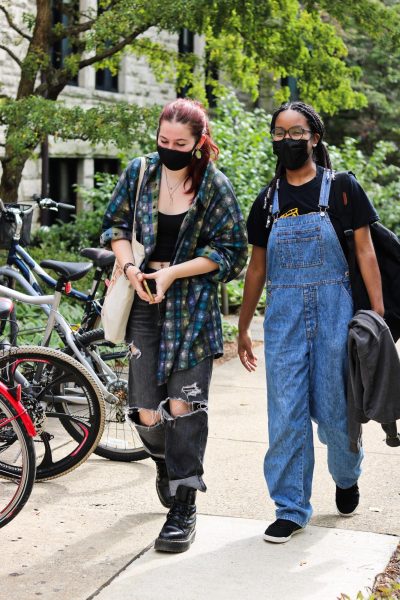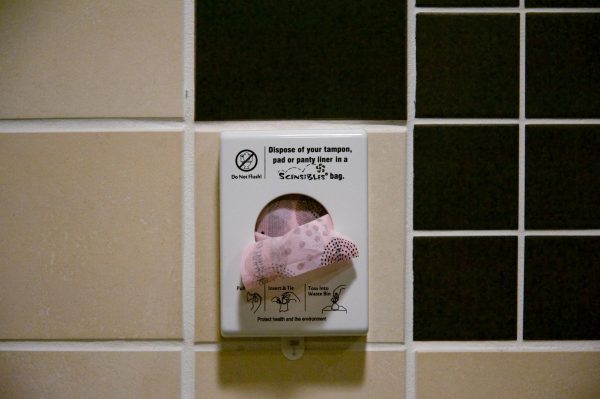Community Should Reflect Upon History of College Spaces
Editor’s Note: This article contains mentions of sexual assault.
I walk into North Hall every day. Most days, I forget that the official building name is “Langston Hall,” in honor of John Mercer Langston. That name may not be familiar to many, but this one may be: James Mercer Langston Hughes.
Yes, that Langston Hughes. Langston Hughes was the grandson of Charles Henry Langston. Charles Henry Langston and his brother Gideon were the first two Black students admitted to Oberlin College. Charles and Gideon were John’s older brothers. John Mercer Langston was Langston Hughes’ great uncle.
While John Mercer Langston’s name may not carry much global recognition, his life is a vital piece of Oberlin College’s story. His time at Oberlin and in Ohio was spent fighting for a better nation — particularly a nation stripped of slavery’s chains. Langston served as the president of the Ohio Anti-Slavery Society — which was founded in part by Charles Grandison Finney (Finney Chapel’s namesake). One of his most notable feats was his presence in the life of Edmonia Lewis, a Black student who faced frequent harassment on the basis of race and gender during her time at Oberlin. Lewis later became a famed sculptor.
Lewis lived in the home of Rev. John Keep — a member of the Keep family that the co-op is named after. One night, after being accused of poisoning her two white housemates, Lewis was abducted, beaten, and likely raped. After that traumatic experience, Lewis was then charged with poisoning the two women by local authorities. It was John Mercer Langston who represented Edmonia Lewis during the trial that resulted in her acquittal.
Langston’s work didn’t stop in Oberlin. He went on to serve as the founder of the law school at Howard University, one of today’s most recognizable and prestigious historically-Black universities. President Rutherford B. Hayes appointed him as the U.S. Minister to Haiti. He was also a legislator, serving as the first Black person elected to Congress from Virginia.
I regret every time I walk into Langston Hall without taking just a second to acknowledge its history. Black History Month may be over, but it’s always timely to recognize, respect, and admire the sacrifices that Black Obies made during Oberlin’s earliest and most fragile periods. Like many Black students, I stand in the legacy and memory of John Mercer Langston, Mary Jane Patterson, Edmonia Lewis, George Vashon, and others like them. These Black visionaries willingly placed themselves in a community that was not ready to accept them for all of who and what they were.
Names matter. It would benefit all students to take a moment out of our busy lives to think about the names and stories written on the spaces we frequent. Who were they, and what did they contribute to Oberlin? What stories are we missing?
Oberlin history is American history. Sometimes I wonder, what kind of history are we making today?




